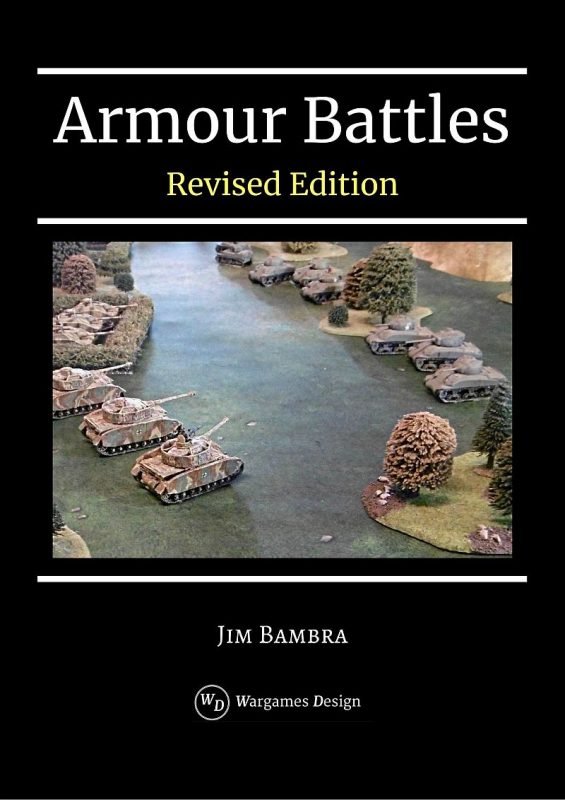 During World War Two armies tried to keep their troops hidden from the enemy. The colourful uniforms of previous centuries were replaced with drab, earth-toned colours designed to blend into the landscape. In western Europe and Russia greens, browns, and greys were used to good effect.
During World War Two armies tried to keep their troops hidden from the enemy. The colourful uniforms of previous centuries were replaced with drab, earth-toned colours designed to blend into the landscape. In western Europe and Russia greens, browns, and greys were used to good effect.
Towards the end of the war, the Germans employed a wide range of camouflage patterns to remain hidden on the battlefield. In the desert war, sand-coloured uniforms rapidly replaced the khaki originally worn by Commonwealth and Italian troops. Armour and vehicles similarly saw extensive use of drab colours and camouflage patterns. During the winter, troops were issued white smocks and vehicles were frequently white-washed.
Combat HQ uses a system of Hidden Units and Blinds to add uncertainty to enemy locations. Hidden Units can be marked on a sketch map or a note can be made of their location. Blinds are cards used to represent possible enemy locations. Hidden Units are only used when one side is defending and the other is attacking. As enemy locations are unknown, the attacker may be faced with a table that is devoid of visible enemy. Reconnaissance units are needed to probe forward to locate the enemy.
Blinds
A Blind represents a Command Group that hasn’t been spotted by the enemy. Blinds are cards roughly 6” wide x 3” deep. They may be decorated with an army’s flag, or simply be left blank. Alternatively, playing cards (3 1/2” x 2 1/2”) can be used.
Blinds are not essential – you can easily skip them in your first few games.
Number of Blinds
At the start of a game an army has as many Blinds available as Command Dice. It has as many Dummy Blinds as initial Staff Orders.
Dummy Blinds
Dummy Blinds represent small patrols which can be used to spot the enemy, but cannot engage in combat. Until forced to deploy, a Dummy Blind performs like a real Blind. A Dummy Blind is removed from the table when is spotted or has taken four Disruptions from off-table artillery.
Dummy Blinds that are removed from the table do not count as Dispersed units.
Blinds and Command Groups
Blinds may be moved individually or as part of a Blind Command Group. To form a Blind Command Group, nominate one Blind as the leader. Another three Blinds within 12” of the centre of the leader Blind may be added to the Command Group. A Blind Command Group is ordered the same as any other Command Group. All Blinds that move must be within 12” of the leader at the end of their move.
Moving a Blind
Blinds move at Average speed and may always make a triple move for only one Command Dice. Blinds therefore move 18” (6+6+6) +3D6” regardless of what units they contain. Any infantry are assumed to be loaded into their transports or moving at the double to get into position quickly.
Buildings: Blinds may not enter buildings, but infantry and heavy weapons teams may later deploy into buildings if the Blind is adjacent to the building.
Obstacles: A Blind uses one of its Fixed Moves to cross an obstacle.
Suppressed Blind: A Blind that is suppressed from Interdiction Fire moves at its Variable Move only and requires its entire move to cross an obstacle.
Deploying a Blind
Units may only deploy from a Blind before moving. A Blind cannot move and then deploy.
A unit that deploys may move normally. When deploying, all units must have part of their base or model on or touching the Blind. Troops carried in transports may be deployed mounted or dismounted. Light and medium guns may be limbered or unlimbered. Heavy guns remain limbered. Deploying units may face in any direction. Remove the Blind once the units have deployed.
As units deploy, they may be fired at with opportunity fire. The opportunity fire occurs before the deploying units can fire.
A moving Blind that is spotted cannot fire. If you think a Blind is likely to be spotted when it moves, you should consider deploying the units and moving them normally instead.
Opportunity Fire: Units may deploy from a Blind to conduct opportunity fire against enemy units moving within their LOS. They may also deploy from a Blind and use opportunity fire against enemy units that are themselves deploying from a Blind. In which case, all firing is simultaneous.



